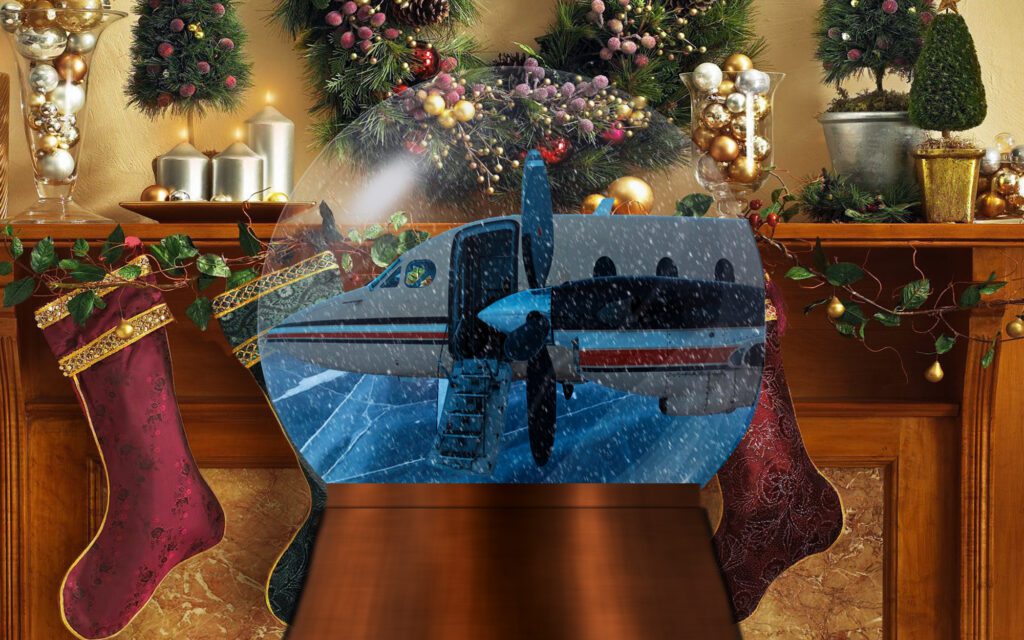As I’m sure you remember from geography class, the Alaska state capitol is in Juneau, a town of 30,000 people in the Alaska panhandle. You can only get there by plane or boat. Like most of the state, I follow the business of the legislature from a distance.

From January to April I produce a piece called Juneau Journal. It’s a 5-minute look into the past week in the Alaska Legislature. Like most days of my job, I never know what I’m going to be covering. I’ve looked into legislation that bans texting while driving, designates New York’s Central Park as wilderness, funds salmon research, protects Alaska’s native languages, creates a water and sewer task force, moves the capital to Anchorage, the list goes on and on. Legislators represent areas as diverse as Barrow at the northern edge to urban Anchorage to the rainforest of southeast Alaska. It makes for fascinating politics. I love it.
Despite the variety, there are a few main themes that get tossed around year after year. For better or for worse, much of the legislature’s time is spent dealing with oil taxes and gas politics.
90 percent of the state’s budget is funded by oil taxes. No oil means no roads, schools, ferries, or airports. A central discussion looks at the way the state negotiates with oil companies and the balance of supporting industry while uphold the constitutional requirement to utilize the resources for the benefit of its citizens. The marquee issues of the past two years have been the Governor’s efforts to cut oil taxes to the tune to $2 billion a year to incentivise production and “fill the pipe.” The Trans-Alaska Pipeline is the lifeline of sorts for the state, and its future is bright or bleak, depending on who you ask. The pipe currently pushes around 600 thousand barrels of oil per day to Valdez for shipment to refineries, but that’s less than a third of what it did in the 1980s. If production continues to fall, some worry that the pipe will become too cool to move oil and become an 800-mile stretch of rusted steel. From the rural perspective, many argue that billions in tax breaks is not appropriate as rural residents deal with gasoline at $8 a gallon and no running water. It’s a topic that captures some of Alaska’s struggle to build a robust resource economy while providing for its citizens and building up infrastructure that ultimately will make economically struggling areas less dependent on state support.
On top of that, Alaska has been trying for 40 years to build a gasline to move North Slope natural gas to market and deliver it for use by its own citizens. I probably shouldn’t start, that’s another 10 blog posts.
Alaska is a young state, a frontier state, and despite its vast physical size, a rather tight-knit population. It makes for a wild 90 days in Juneau.







